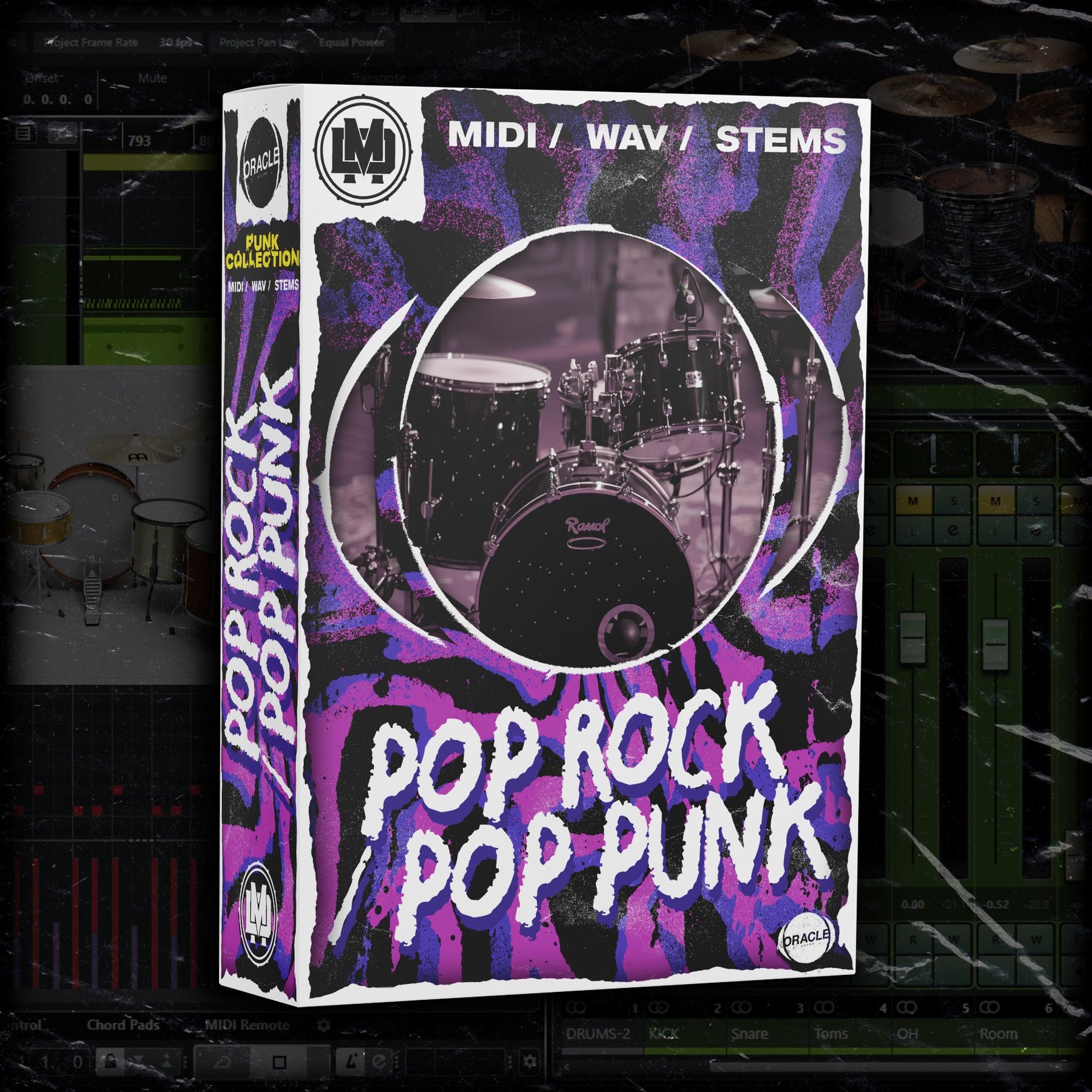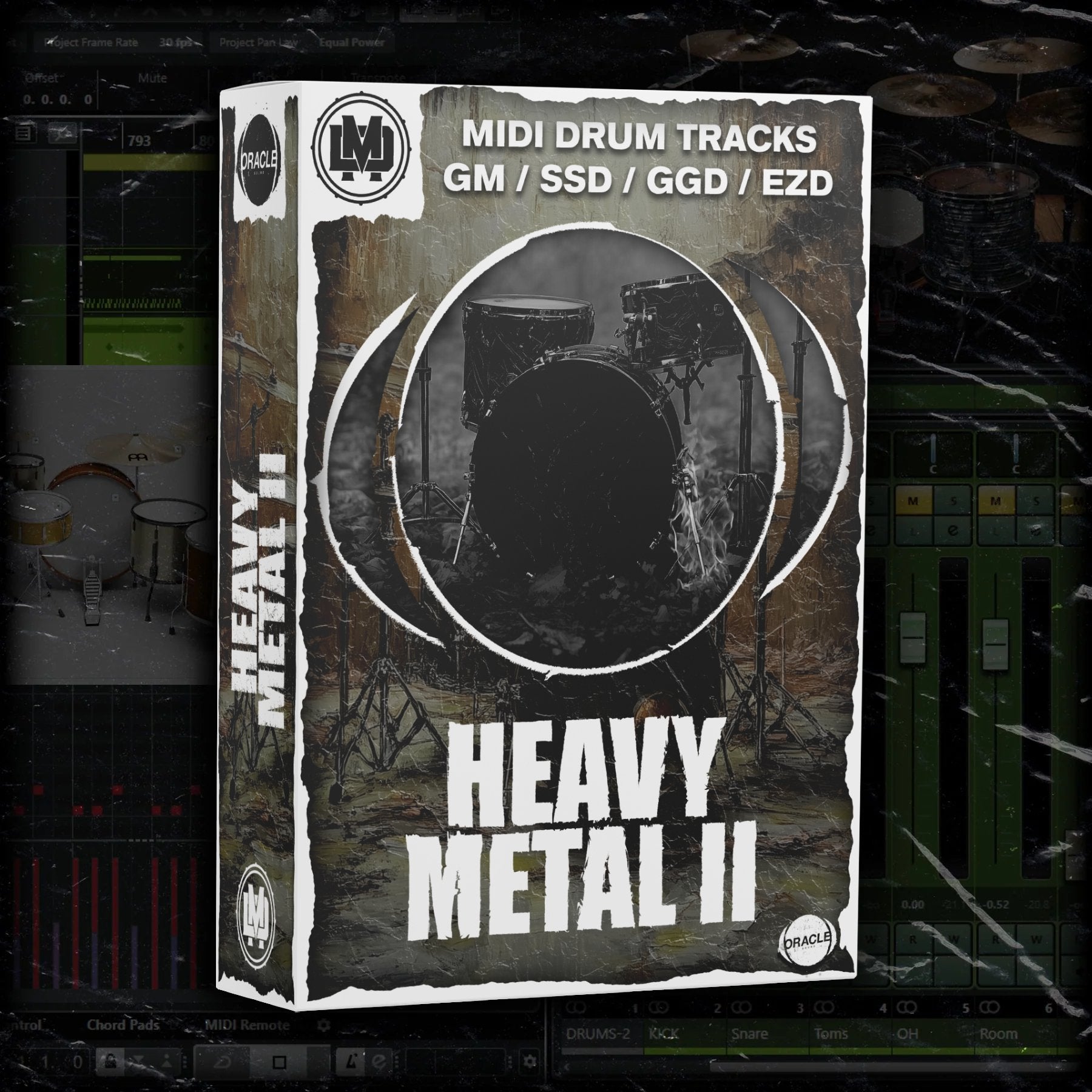Beginner’s Guide to MIDI Drum Patterns
Beginner’s Guide to MIDI Drum Patterns
Blog Article
MIDI drum habits have revolutionized the entire world of audio generation, giving countless possibilities for creativity. Whether you're a veteran maker or some body just beginning, the flexibility of MIDI allows you to reimagine beat and percussion in impressive ways. Below are a few creative ways to utilize drum midi packs to elevate your audio projects.
1. Layering for Complex Rhythms
Among the simplest yet most reliable ways to use MIDI drum styles is adding them to create complex textures. Mix various drum kits, such as for instance audio drums with digital packages, to include degree and character. Like, adding an 808 stop with a punchy traditional stop produces a bigger, more vibrant reduced end. Similarly, mixing hi-hats from two distinct habits can lead to elaborate grooves that keep your monitor fresh.

2. Transforming Patterns Into Melodic Elements
Why limit MIDI drum habits to percussion alone? Use them to produce melodic rhythms. By assigning drum designs to melodic tools like synths or pianos, you are able to art distinctive rhythmic melodies. For instance, road a snare design to a brilliant synth station and coating it under your track to include a rhythmic pulse. That unconventional usage of MIDI drum styles adds structure and interest to your song.
3. Dynamic Automation for Humanized Beats
Robotic-sounding drums can sometimes make paths sense lifeless, but MIDI drum patterns permit vibrant automation that gives an individual touch. By altering the speed, moment, or swing, you are able to obtain more normal grooves. Somewhat moving the moment of snares or different the potency of sneakers and hi-hats generates a live feel. This process is effective in styles like punk, R&W, or lo-fi wherever a natural rhythm is vital.
4. Experimenting with Unusual Time Signatures
MIDI drum styles ensure it is easy to venture into less mainstream place with unusual time signatures like 5/4 or 7/8. Experimenting with these may collection your tracks apart from the normal 4/4 rhythm within most music. Mix time trademark improvements with creative structure sequencing to surprise your listeners and hold your plans dynamic.

5. Using Pattern Randomization for Inspiration
Fighting writer's stop? Structure randomization methods for sale in many MIDI writers may produce sudden drum sequences. These randomized designs may spark ideas for whole trails or give a foundation to build upon. Fine-tuning the elements of a randomized design may lead to exploring really special rhythms.
MIDI drum styles are more than just templates for beats; they are a playground for testing and creativity. Challenge to exceed mainstream consumption, and you'll open new proportions in flow and noise that get your music to another level. Report this page